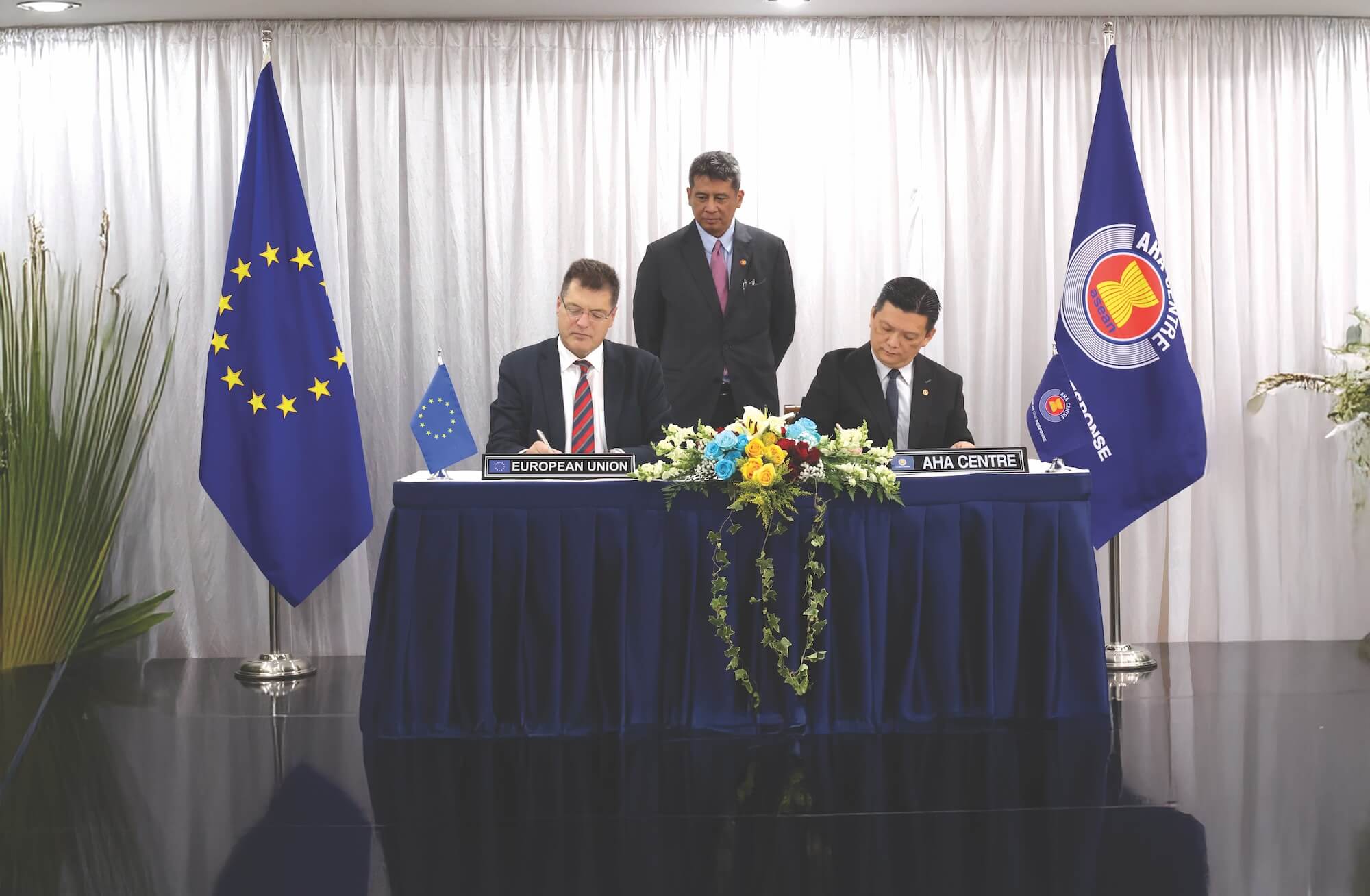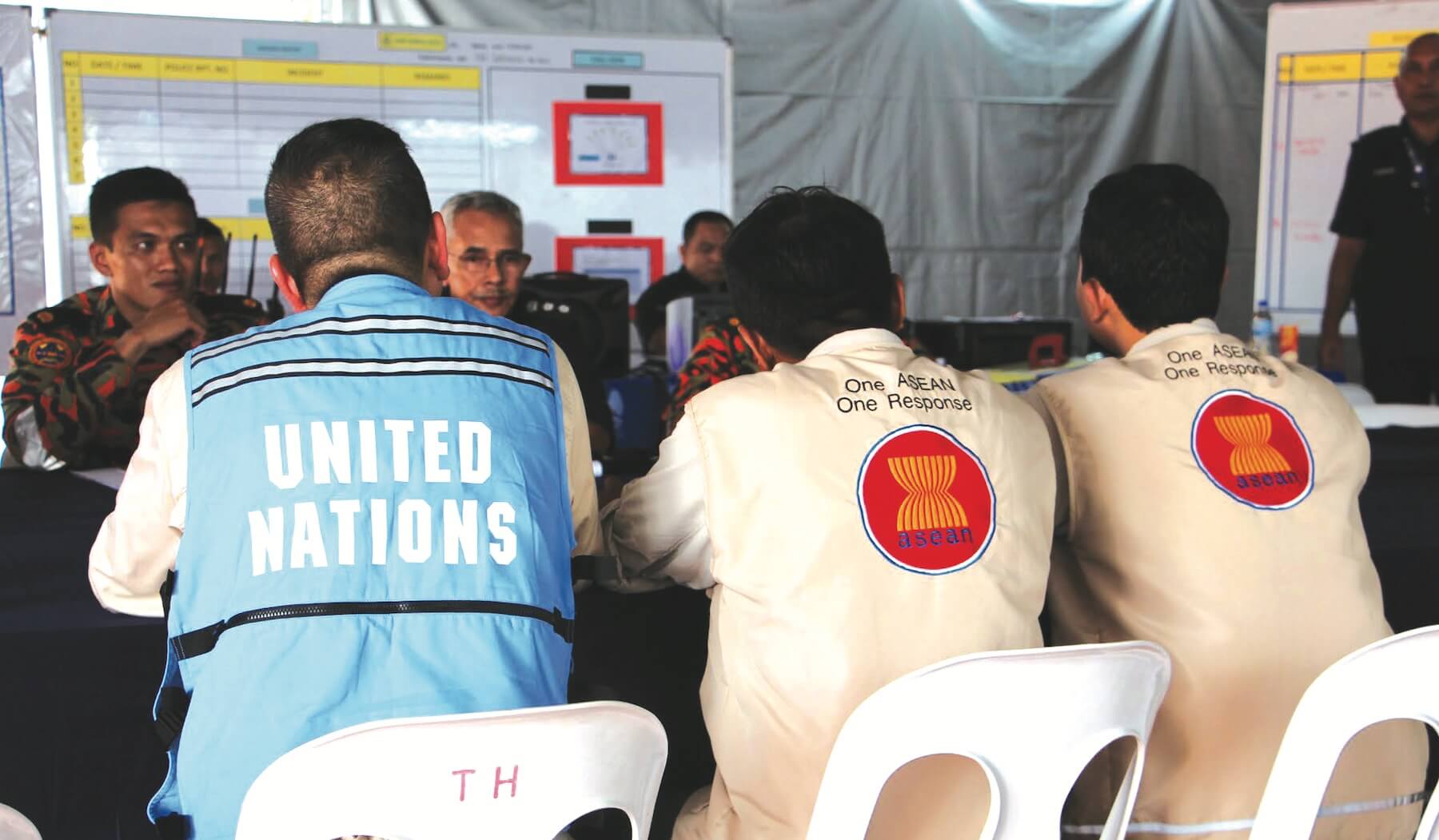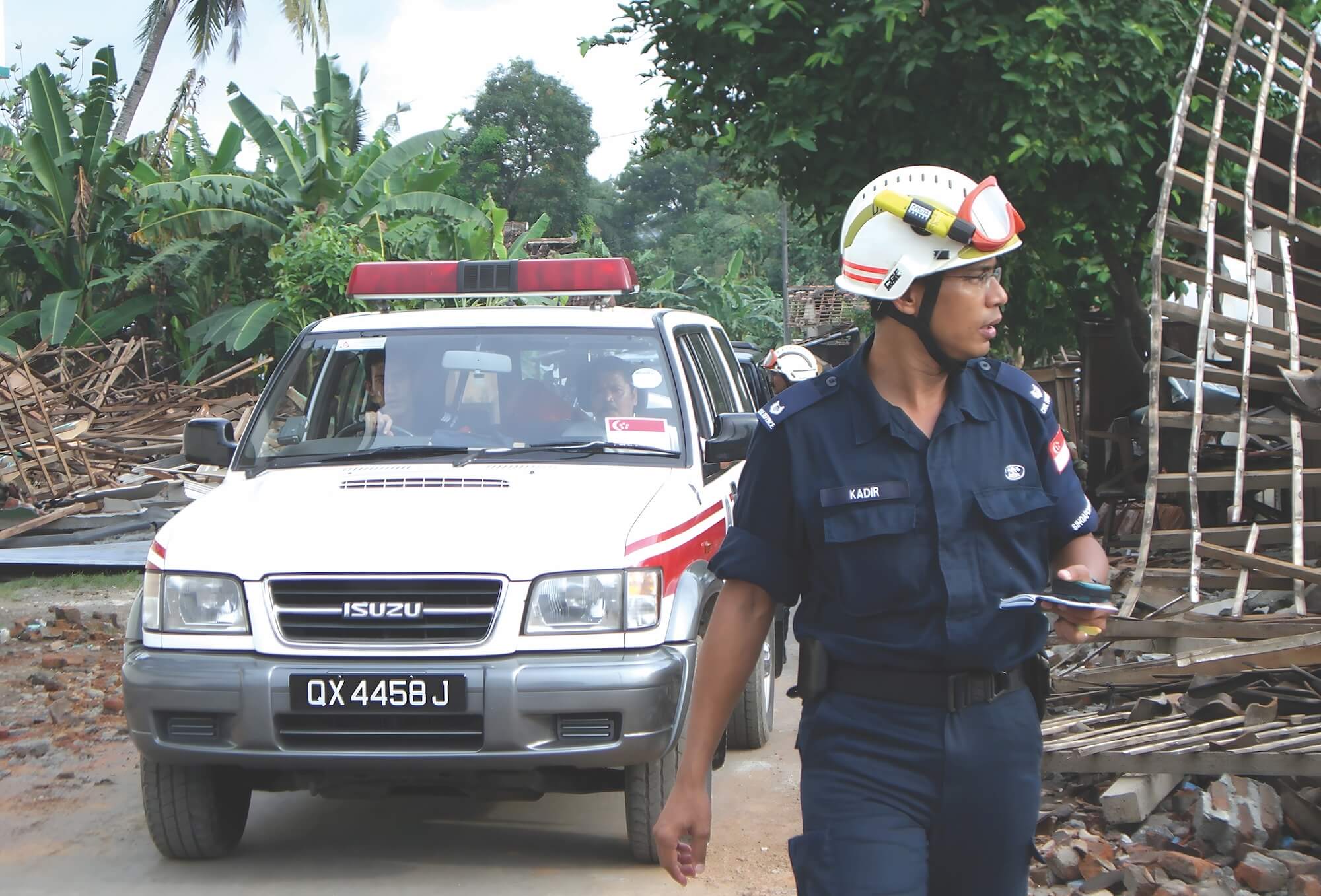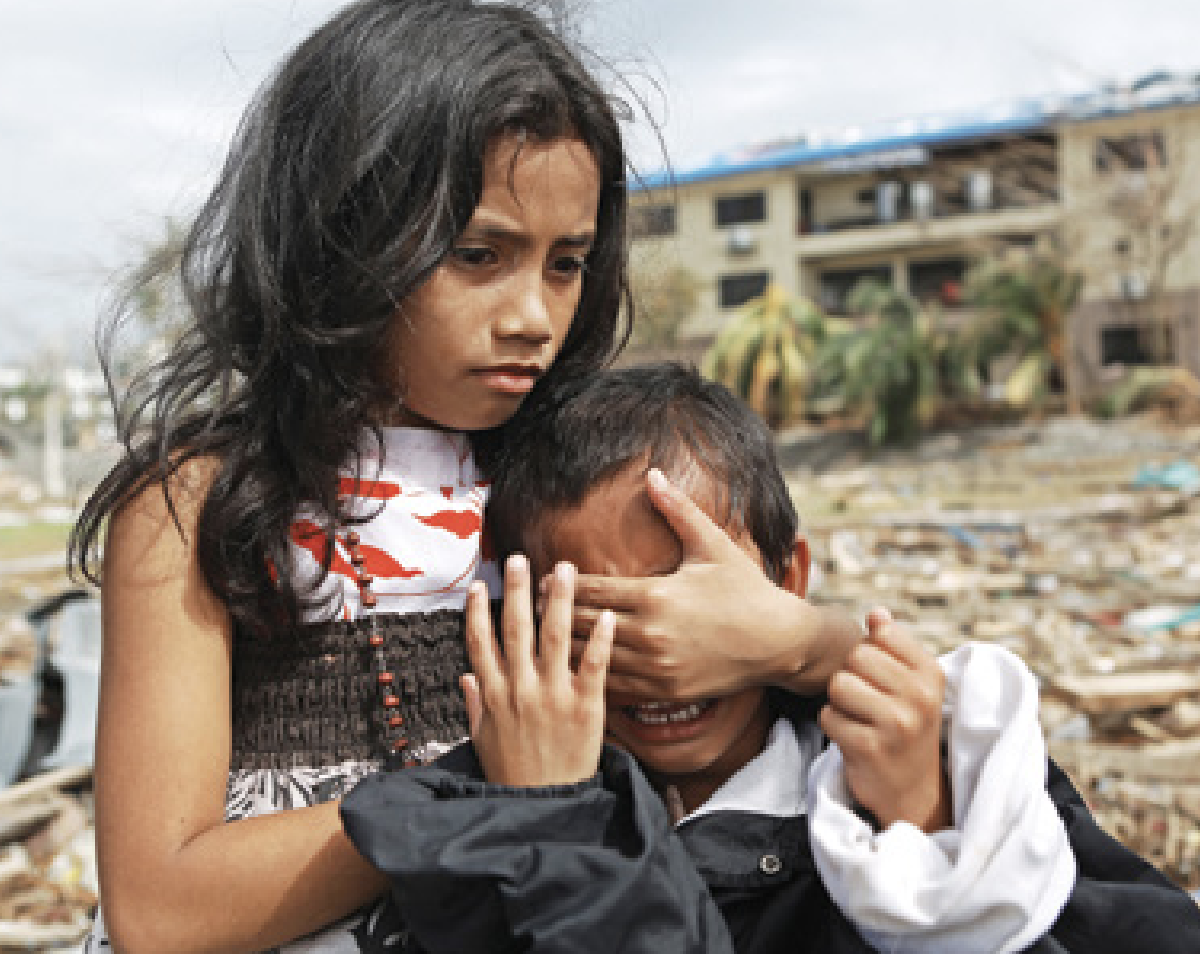





What does science say about climate change? The global community generally
agrees on this definition of climate change by the United Nations: “a change
of climate attributed directly or indirectly to human activity that alters the
composition of the global atmosphere and which is in addition to natural
climate variability observed over comparable time periods.”
Simply put, climate change is a long-term shift in global climate patterns such as temperature, rainfall, precipitation, over a long period of time. Human activities contribute to climate change by significantly increasing the amount of key greenhouse gas emissions (carbon dioxide (CO2), methane (CH4), and nitrous oxide (N2O) to the global atmosphere.
Scientific research confirms that the earth’s climate is changing at an alarming rate. A series of the assessment reports of the International Panel on Climate Change (IPCC) highlighted some key findings: an increase of global average temperature (0.55-0.67°C), warming of the oceans (0.4°C), the rise of global sea-level (0.3mm per year), a shift in rainfall pattern, ocean acidification, and higher frequency and intensity of extreme climatological events.
Based on these findings, the global community adopted the United Nations Framework Convention on Climate Change (UNFCCC) in 1992 and the Paris Agreement in 2015, and agreed to strengthen efforts to cap a global temperature rise below 2°C above pre-industrial levels in this century.
Nations signed on to pursue efforts that will limit the global temperature even further to 1.5°C. The Paris Agreement also aims to build up the ability of countries to deal with the impacts of climate change.
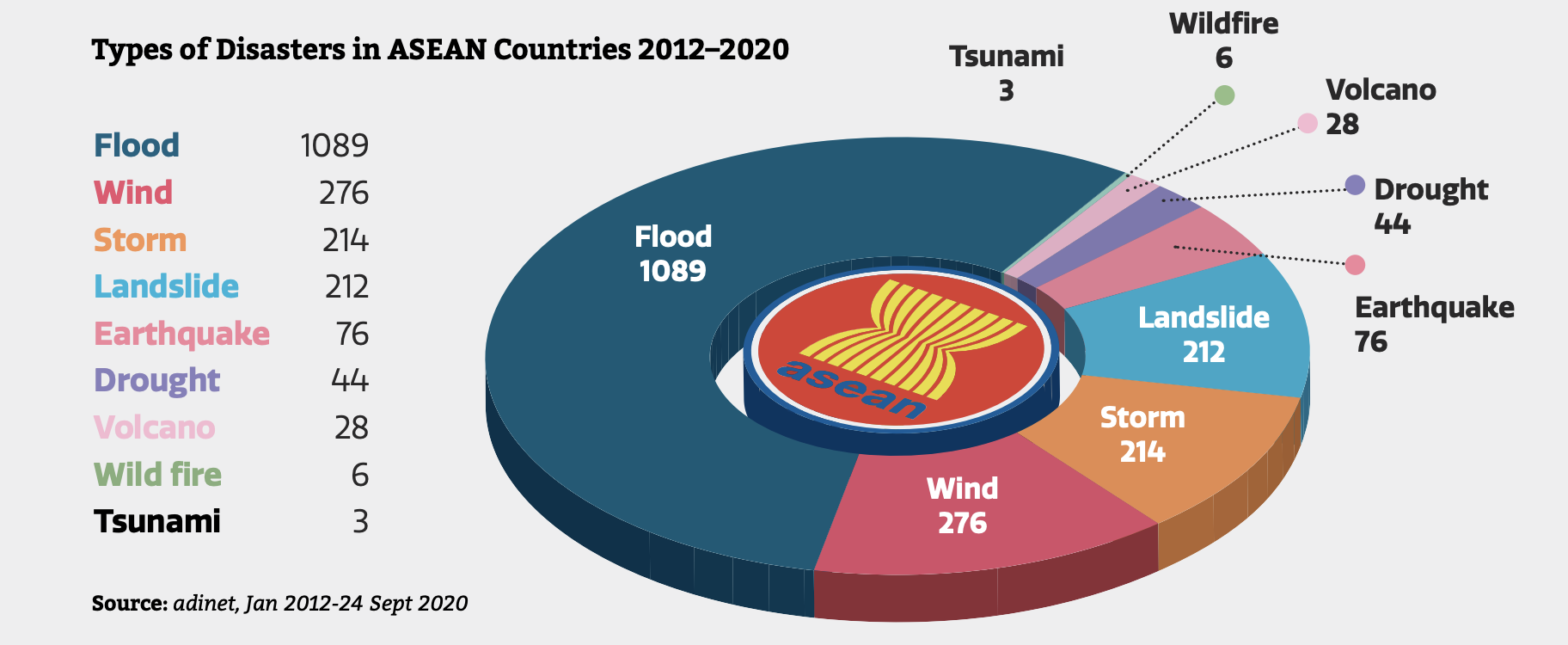
How Does It Affect Us All? Vulnerability, Risks, and Impacts
Climate change affects everyone at all levels, from global to local, but not to the same extent or scale. The ASEAN region is among the most vulnerable regions in the world, with long and heavily populated coastlines and heavy reliance on agriculture for livelihood, especially for a large segment of population living below the poverty line. The Global Climate Risk Index 2020, an index that analyses to what extent countries and regions have been affected by impacts of climate-related loss events, shows that four of ASEAN countries are among the top 10 most affected from 1999 to 2018.
Climate change has exacerbated water shortages in many areas, constraining agricultural production and threatening food security, causing forest fires and degradation, damaging coastal and marine resources, and increasing the risk of outbreaks of infectious diseases. Heat waves, droughts, floods, and tropical cyclones have also become more intense and frequent in many parts of the region, causing extensive damage to property, assets, human life, and the environment. Extreme events and climatological disasters are associated closely with climate change such as flood, wind, storm, and drought.
In the last 45 years, the most economically damaging events in Southeast Asia that occurred were climate-related ones, namely the 2011 floods in Thailand, which caused over 45 billion US dollars worth of damage in the Bangkok Metropolitan Area and Central Thailand, and Typhoon Yolanda (known internationally as Typhoon Haiyan) in the Philippines in 2013, which resulted in 10 billion US dollars worth of damage.
The projection on climate risks and impacts in the region is no less concerning. By 2100, sea level is projected to rise by 70 centimeters, which puts many important areas of Southeast Asia at risk with many productive activities found along the coastal zones and about 436 million people living within 100 kilometers of the region’s coasts. According to the Asian Development Bank (ADB), 185 million people in Southeast Asia are likely to experience water stress by 2050. The annual flow of the Red River is projected to decline by 13 to 9 per cent, while the Mekong River will decline by 16 to 24 per cent, affecting 60 million people
While total cyclone landfalls are expected to decrease in the Southeast Asian region, the intensity is projected to increase, with higher number of most destructive events. An increase in rainfall intensity with more concentrated periods is also expected. With the increase in the Earth’s temperature, climate change is expected to lead to increased mortality from cardiovascular and respiratory diseases brought about by thermal stress and proliferation of water- and vector-borne diseases. In a study by ADB in Indonesia, the Philippines, Thailand, and Viet Nam, deaths due to heat-related cardiovascular and respiratory diseases will rise by 3 per cent and 14 per cent, respectively, in 2050; and will increase by 10 per cent and 25 per cent, respectively, by the end of the 21st century.
As agriculture is conditioned by temperature and rainfall, it would be vulnerable to changes in climatic conditions. Southeast Asia’s rice production, which covers nearly 30 per cent of the world’s rice supply, is expected to suffer a decline of up to 5 per cent between 2010 and 2050. If left unchecked, climate change could cost the regional economic losses at an estimated 11 per cent off the region’s GDP by the end of the century as it takes a toll on key sectors such as agriculture, tourism, and fishing—along with human health and labor productivity—the ADB estimated in a 2015 report.
For the most vulnerable communities, the current COVID-19 pandemic only magnifies their exposure to risks. Disadvantaged populations face higher health threats because of inadequate access to clean water, sanitation, and health services. With the lack of suitable housing, job security and social protection, many of the poor, homeless, or displaced are unable to self-isolate. Many of the factors that cause climate change also increase the risk of pandemics and zoonotic diseases. Patricia Espinosa, the Executive Secretary of the UNFCCC, believes that “humanity needs to address these two fundamental, existential crises together,” and that a COVID-19 recovery needs to include and integrate climate change in all decision-making and policy decisions.
What Can We Do About It? Adaptation, Mitigation, and Resilience
As a dynamic and developing region, ASEAN has seen greenhouse gas emission growth to be almost as fast as economic growth, with a nearly 5 per cent annual increase over the last two decades. Deforestation and land use account for 55 per cent of 2010 emissions, while the fastest areas of relative emissions growth come from electricity, manufacturing, and transportation— sectors that are associated with the region’s progressive development.
Addressing the risks posed by climate change requires substantial mitigation and adaptation action. Mitigation refers to efforts to reduce greenhouse gas emissions or enhance carbon sinks. This could be achieved by reducing land-use emissions, increasing the efficiency of energy usage, and replacing carbon-intensive fuels with cleaner alternatives. Adaptation refers to adjustments in ecological, social, or economic systems in response to actual or expected climatic stimuli and their effects or impacts. Adaptation can range from building flood defences, setting up early warning systems for cyclones and switching to drought-resistant crops, to redesigning communication systems, business operations and government policies.
Mitigation is crucial to address the main root cause and to avoid catastrophic long-term impacts, while adaptation is necessary to cope with the unavoidable impacts of climate change that we are already experiencing today.
ASEAN Member States, as parties to the UNFCCC and the Paris Agreement, have set national voluntary targets with the accompanying mitigation and adaptation actions in their Nationally Determined Contributions. Together with the commitments to the global climate agenda, Member States have adopted national plans specific to climate change, for example, Viet Nam’s National Climate Change Strategy (2011-2020) and Action Plan for Adaptation to Climate Change in the Agriculture and Rural Development Sector (2008-2020), and Myanmar’s Climate Change Strategy and Action Plan (2016-2030). In addition, Member States are developing their national climate change institutional infrastructure by establishing teams or platforms dedicated to handling climate change action. For example, Cambodia has a National Climate Change Committee that oversees the preparation, coordination, implementation and monitoring of climate change policies, strategies and programmes.
Collectively at the regional level, ASEAN Leaders have regularly issued Joint Statements related to climate change which highlight ASEAN’s common concerns over the climate change challenge and its resolve towards a global solution. Climate change is a long standing priority in ASEAN Blueprints as well as ASEAN Chairmanships. Under the leadership of Singapore as ASEAN Chair in 2018, for example, a Special ASEAN Ministerial Meeting on Climate Action was organised to contribute to the UNFCCC processes. ASEAN also set up an ASEAN Working Group on Climate Change (AWGCC) to coordinate regional initiatives to support ASEAN Member States in implementing mitigation and adaptation measures. Specifically on renewable energy, ASEAN has set and exceeded its energy efficiency target, reducing energy intensity by more than 21.9 per cent compared to 2005 levels, well ahead of its 2020 target. ASEAN will continue to work towards the region’s long-term target to reduce energy intensity by 30 per cent by 2025. Additionally, ASEAN also set a target to increase the component of renewable energy mix by 23 per cent by 2025. On land transport, ASEAN aims to reduce the average fuel consumption per 100 kilometers of new light-duty vehicles sold in ASEAN by 26 per cent between 2015 and 2025. Climate change initiatives are undertaken by various relevant ASEAN sectoral bodies such as environment, forestry, agriculture, energy, transport, and disaster management.
As climate change is a global challenge of cross-cutting nature, cross-sectoral coordination and multi-stakeholder participation have been essential elements in ASEAN’s efforts to combat climate change. ASEAN has been working closely with dialogue and development partners on a wide range of climate change related initiatives and building multi-stakeholder partnerships and platforms to promote awareness, exchange experiences, share successful approaches and innovation and initiate collaborative action to strengthen climate resilience. To support global partnership and cross-sectoral coordination of different sectors and stakeholder groups, ASEAN regularly organises the ASEAN Climate Change Partnership Conference, as a forum for relevant ASEAN sectoral bodies and dialogue and development partners to share experiences, views and explore potential cooperation in addressing the adverse impacts on climate change in the region, as well as to contribute to the implementation of the AWGCC Action Plan and the Paris Agreement. With people-centred approach in mind, ASEAN also engages various stakeholders, from academia to youth, in its regional initiatives to promote evidence-based decision making and raise awareness. The important role of youth as future leaders, for example, is recognised through the declaration by the ASEAN Leaders that 25 November every year should be commemorated as the ASEAN Youth in Climate Action and Disaster Resilience Day.




